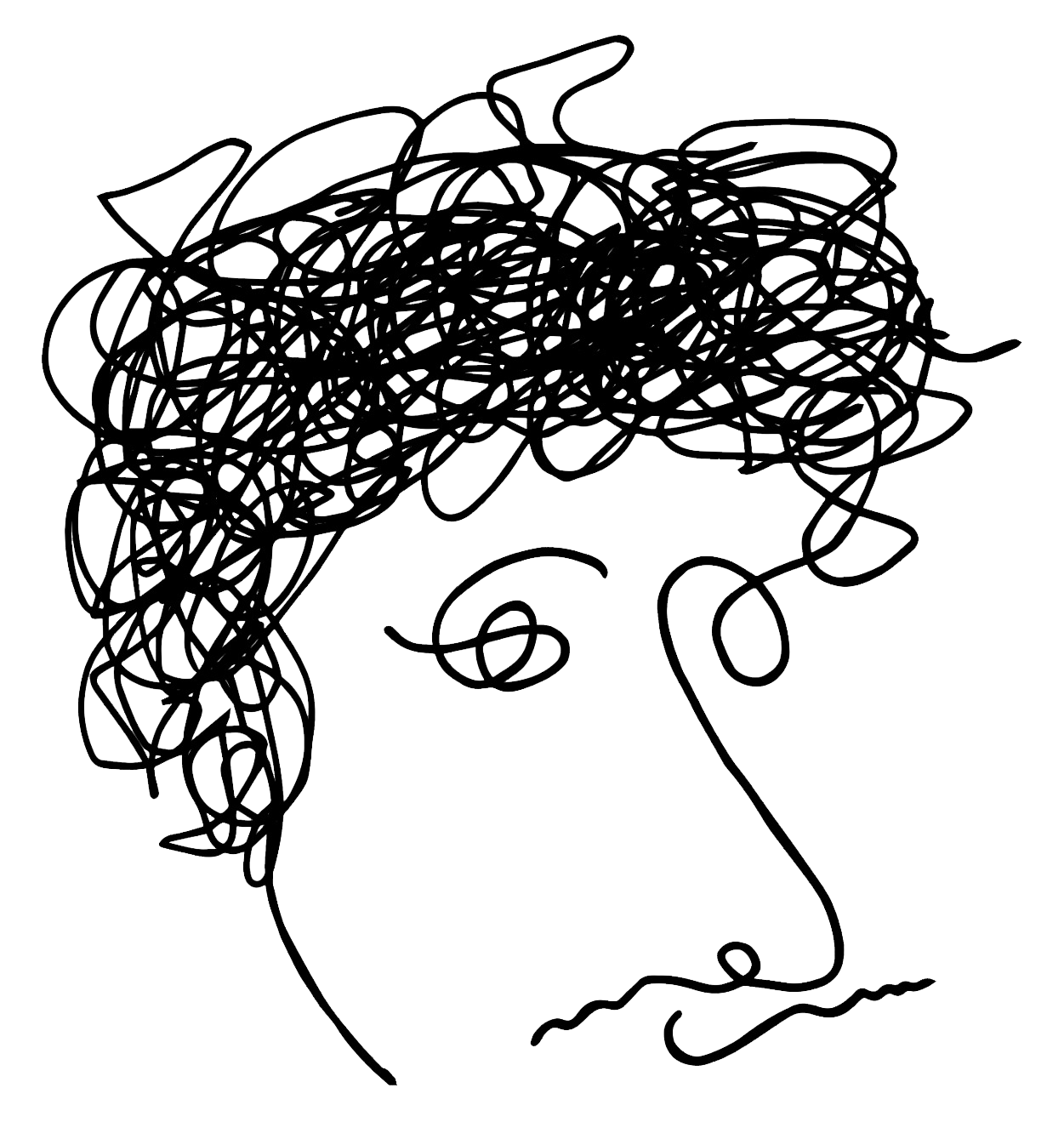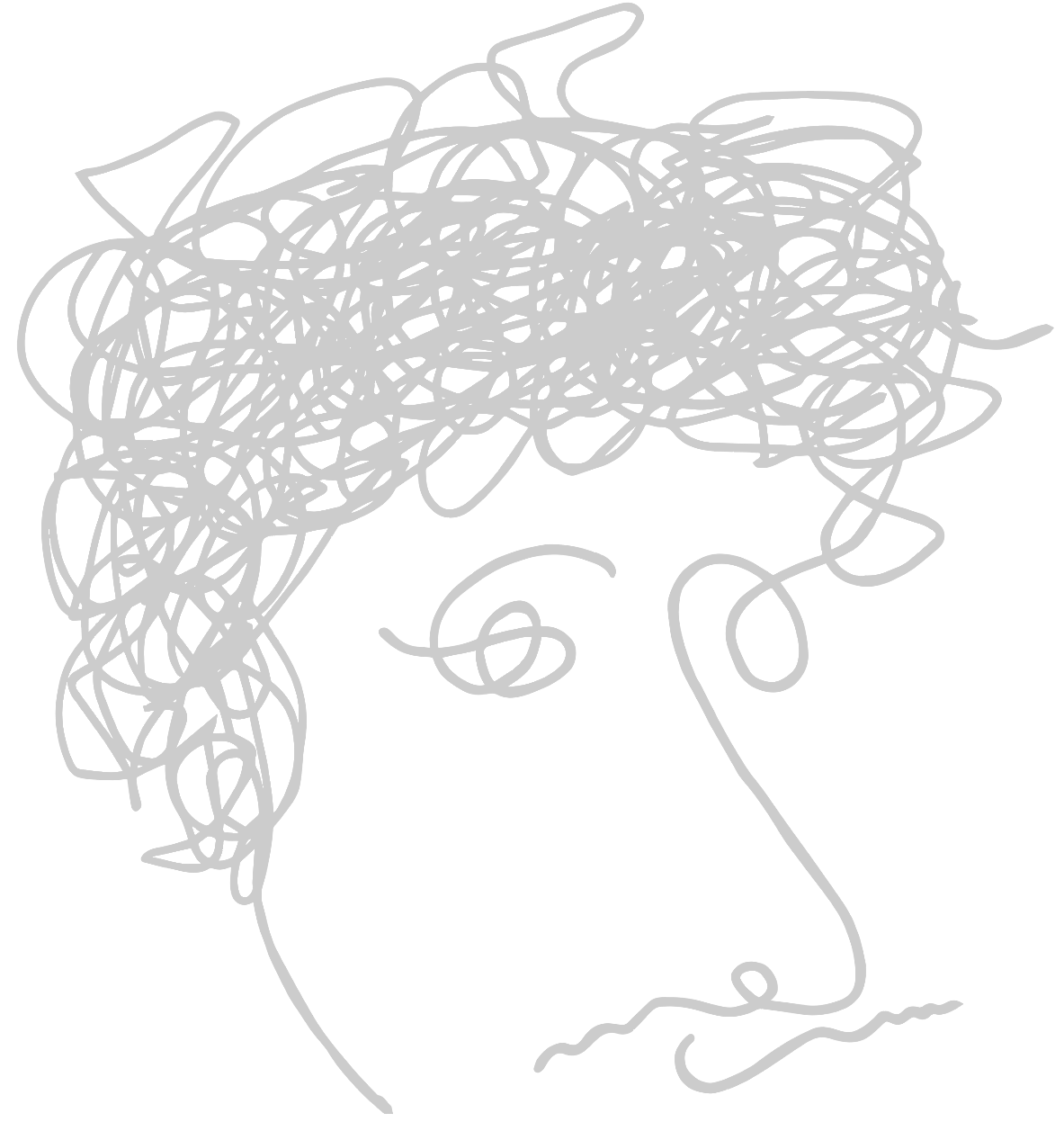Male Violence
Documentary, Reportage | 30 min | 2025 | NZZ Format, SRF
Yanni Gentsch goes jogging in Cologne's city forest. Suddenly she realises that a strange man is filming her. She bravely confronts him and records the confrontation on her mobile phone. The video goes viral.
This is not an isolated case. Most women can relate to such experiences. It doesn't leave them unscathed. Women restrict their freedom. They avoid certain places, watch their clothes, talk on the phone on the way home and hold their keys between their fingers as an improvised weapon. But why does the responsibility lie with the potential victims and not the perpetrators?
‘Only those who perpetrate violence can prevent it,’ says Agota Lavoyer, an expert on sexualised violence. And this primarily affects men: 95 % of sexualised acts of violence in public spaces are committed by men.
The Swedish city of Umeå has learnt a sad lesson from this. In the late 1990s, a serial rapist terrified the city. For years, he carried out brutal attacks on women, shaping the sense of security of an entire generation. Two decades later, Umea is considered one of the safest cities in Europe.
NZZ Format asks how public spaces can be made safer and shows why men must be a central part of the solution.
The film focuses on the case of Yanni Gentsch - a woman who was secretly filmed while jogging by a stranger.
The film focuses on the case of Yanni Gentsch - a woman who was secretly filmed while jogging by a stranger.
What are the laws like in Switzerland?
Under civil law, the right to one's own image applies in Switzerland. However, this usually only applies if the person concerned is recognisable in the photograph - for example, by their face or other clear features. It becomes more difficult if there is no access to the recording. Without the video, it is almost impossible to prove what exactly was filmed.
Under civil law, the right to one's own image applies in Switzerland. However, this usually only applies if the person concerned is recognisable in the photograph - for example, by their face or other clear features. It becomes more difficult if there is no access to the recording. Without the video, it is almost impossible to prove what exactly was filmed.
Client: NZZ Format | nzz.ch
Writer & Director: Roman Hodel | romanhodel.com
Cinematographer: Lukas Gut | lukasgut.com
Film Editor: Dennis Gnoni Visconti
Music by: Ramon Kramer | ramonkramermusik.de
Sound Studio: Jakob Eisenbach | jakobeisenbach.com
Color Grading Studio: Kamerawerk | kamerawerk.ch
Colorist: Christian Witschi | kamerawerk.ch/team
Production Company: NZZ Format | nzz.ch
Editorial Office: Nicole Krättli
Head of NZZ Format: Jörg Walch
Writer & Director: Roman Hodel | romanhodel.com
Cinematographer: Lukas Gut | lukasgut.com
Film Editor: Dennis Gnoni Visconti
Music by: Ramon Kramer | ramonkramermusik.de
Sound Studio: Jakob Eisenbach | jakobeisenbach.com
Color Grading Studio: Kamerawerk | kamerawerk.ch
Colorist: Christian Witschi | kamerawerk.ch/team
Production Company: NZZ Format | nzz.ch
Editorial Office: Nicole Krättli
Head of NZZ Format: Jörg Walch
16:9, 2.39:1, Color
It's not all men, but always men.
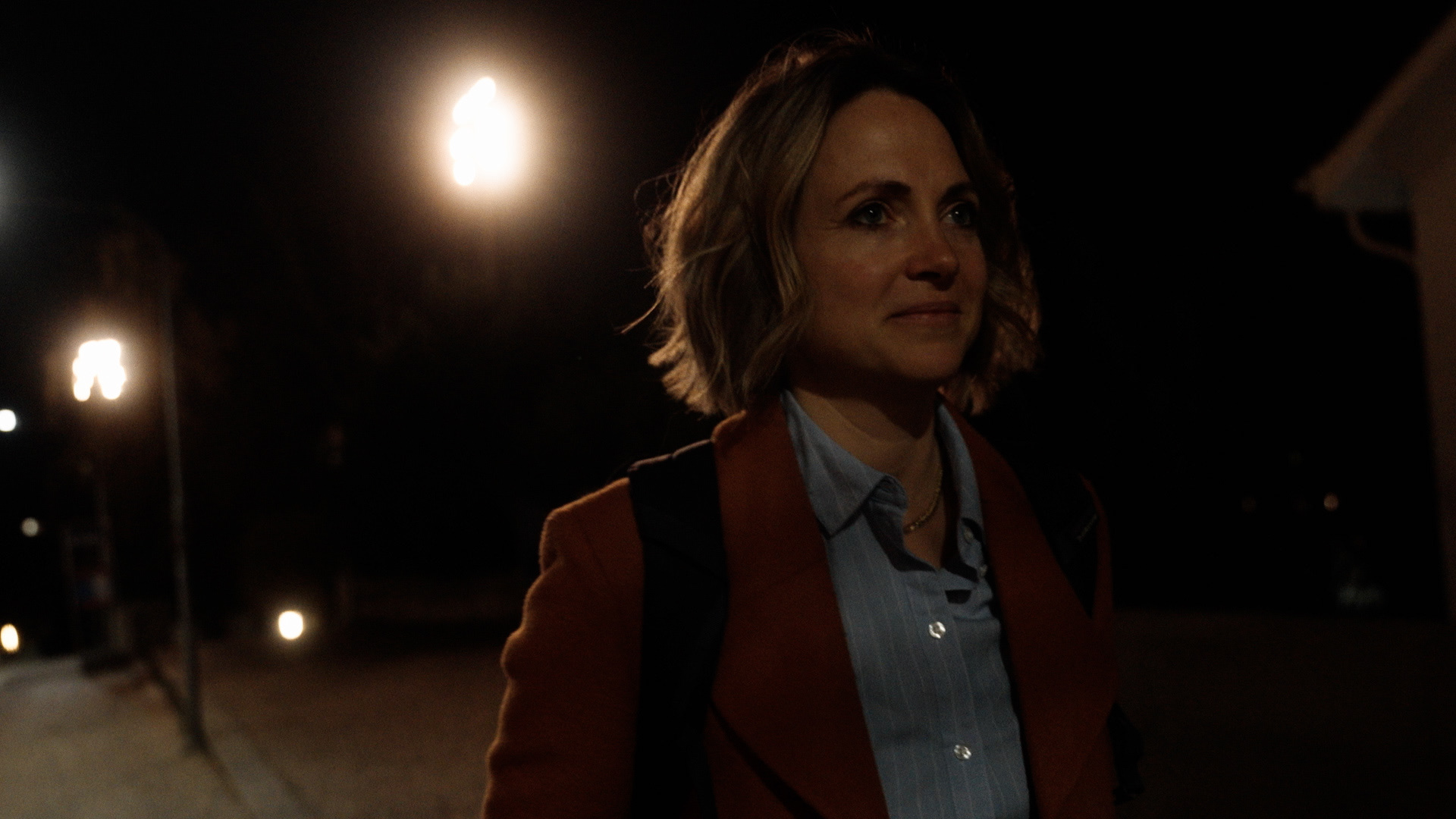

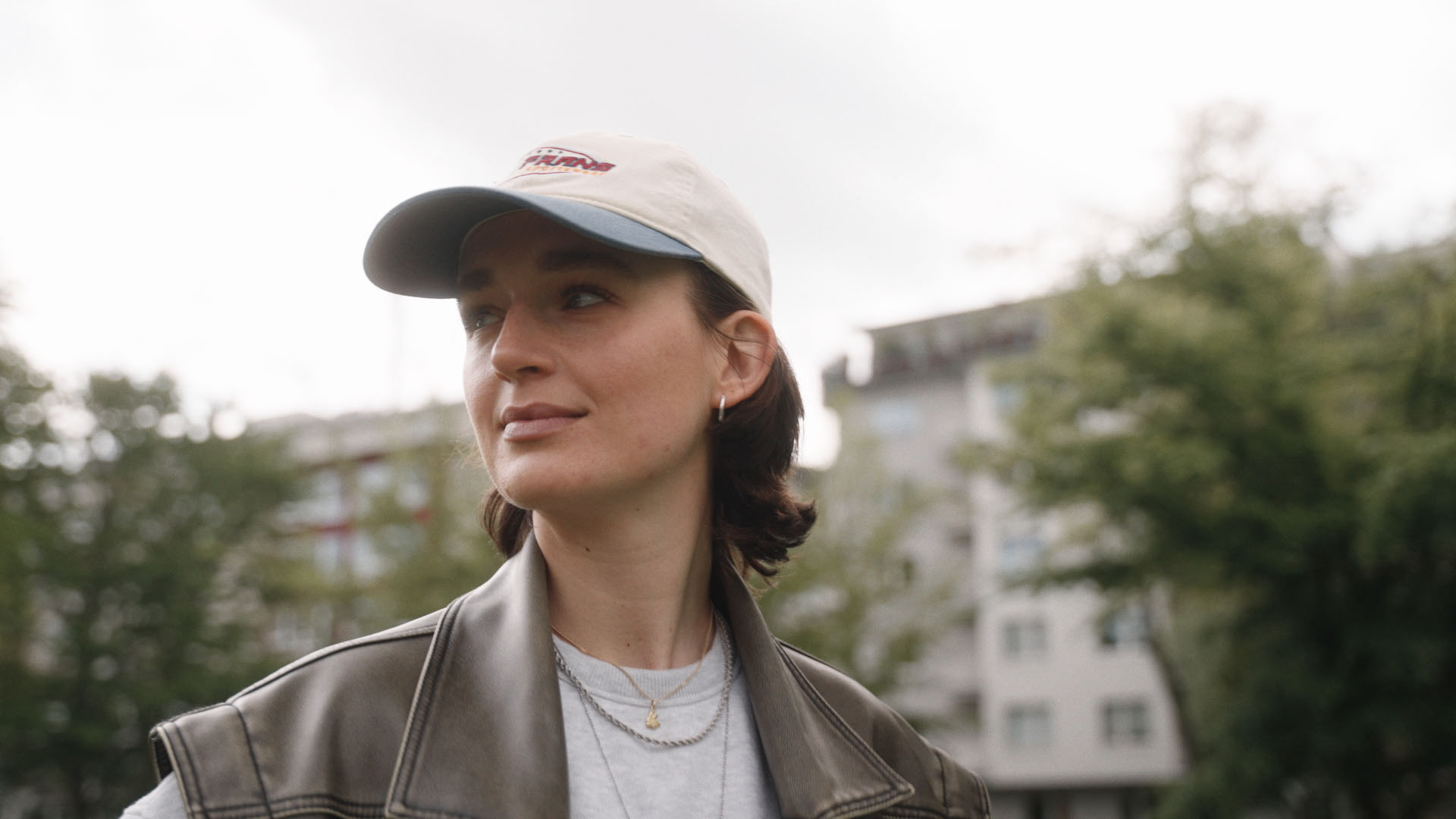




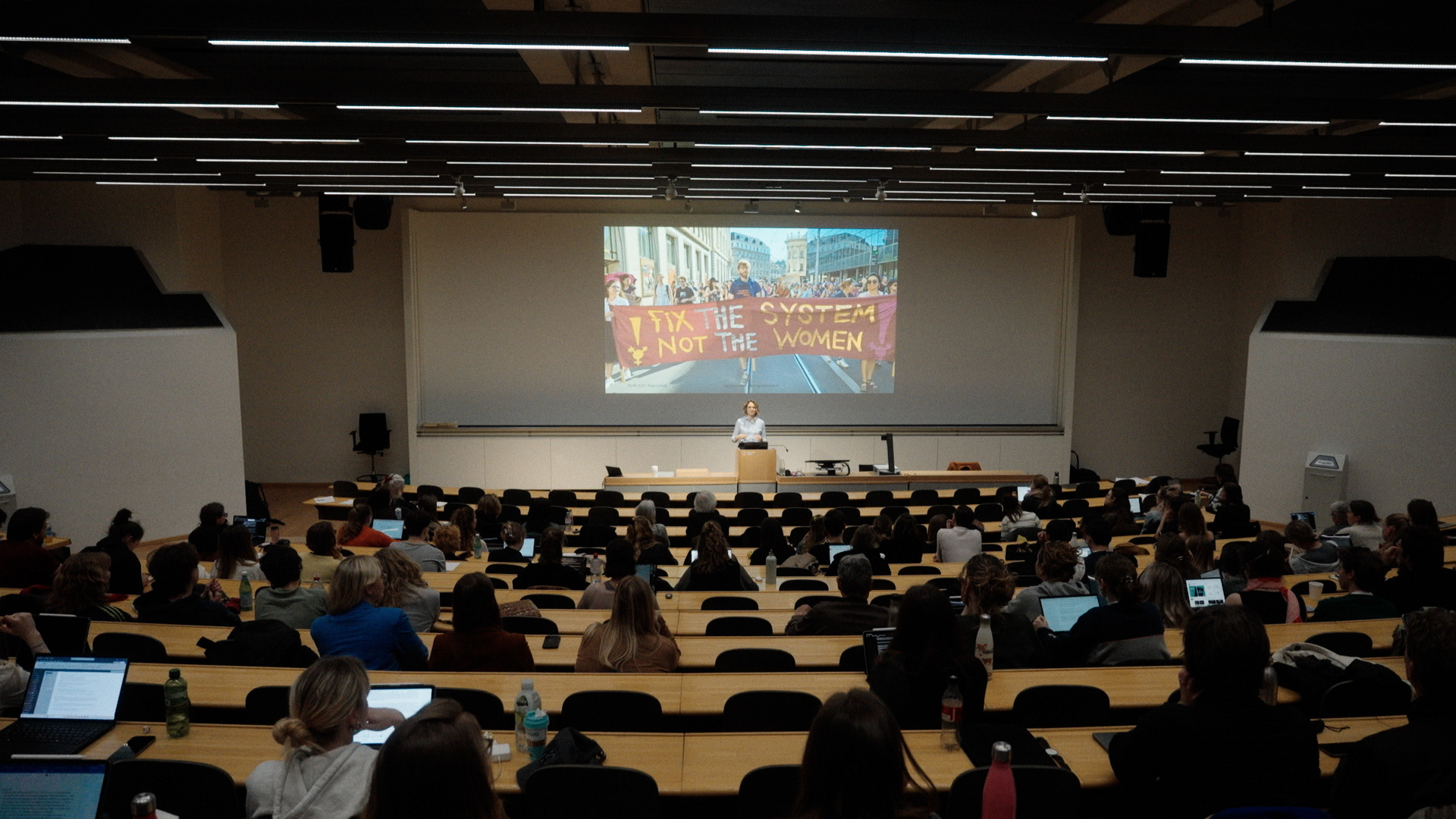
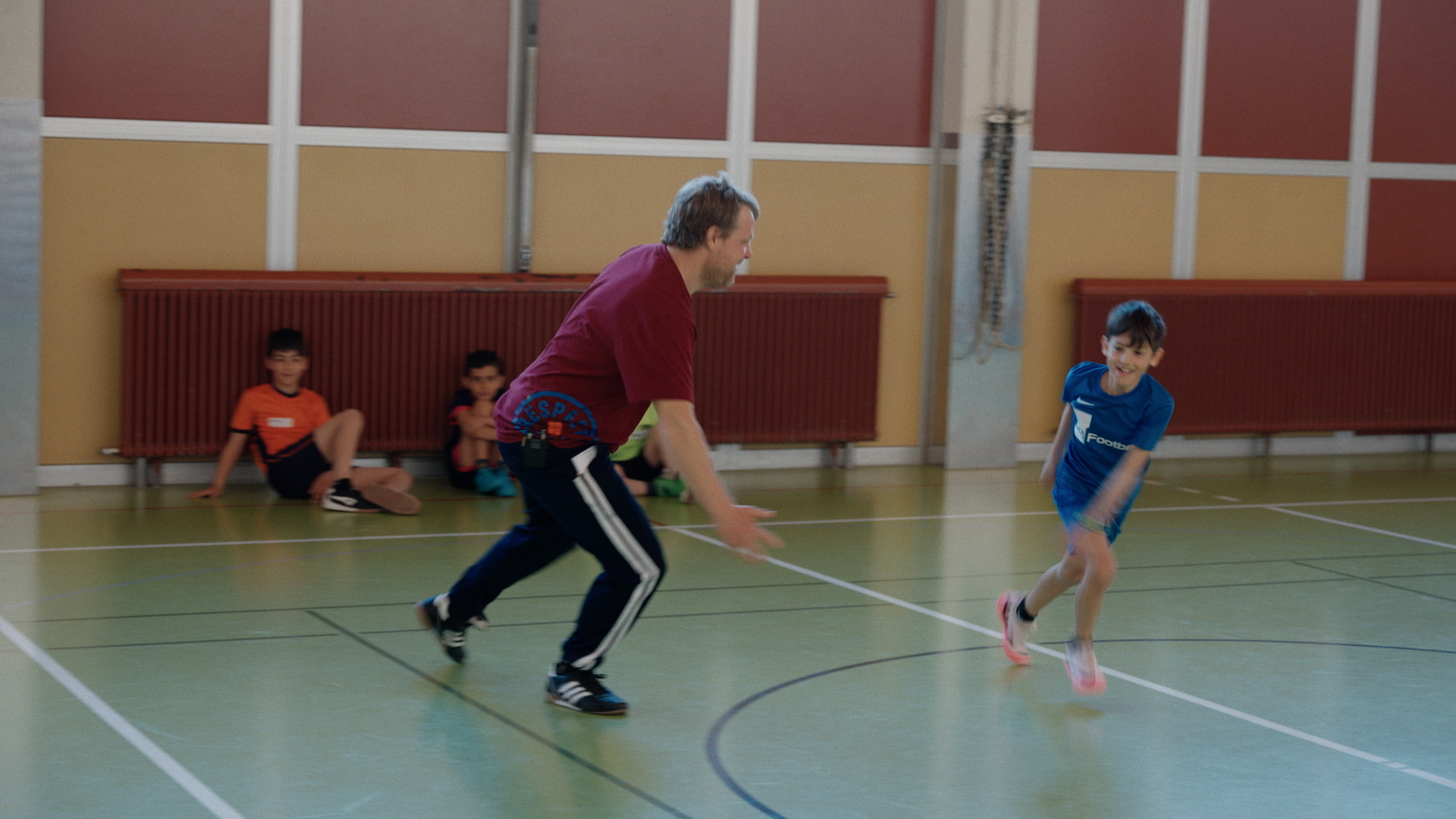

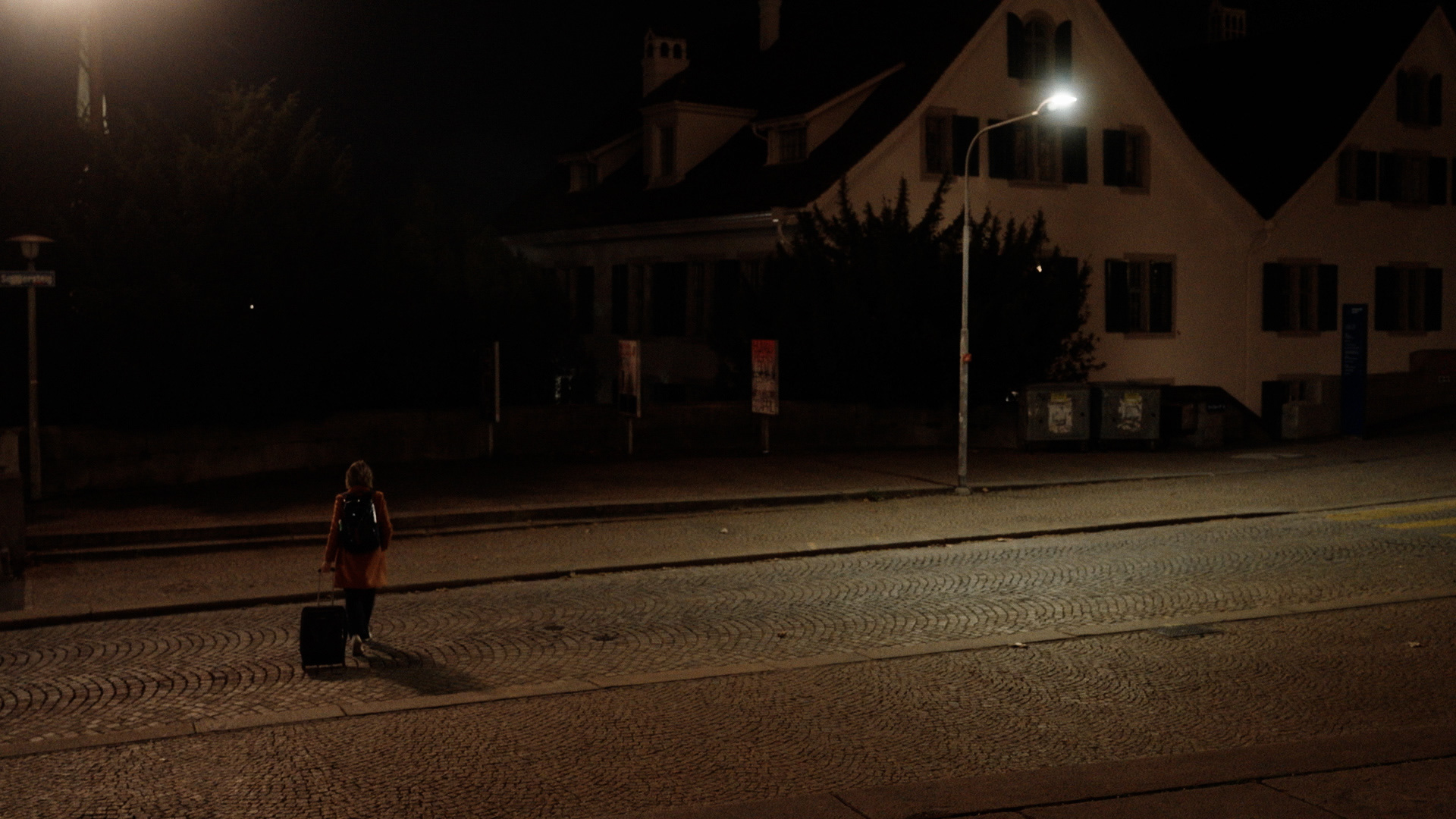
"Only those who perpetrate violence can prevent it."
– Agota Lavoyer
– Agota Lavoyer
"Women are not afraid of places – Women are afraid of men."
Annika Dalén, Municipal Gender Equality Officer
Annika Dalén, Municipal Gender Equality Officer
"The model we're trying to achieve hurts a bit more."
– Michael Koger
– Michael Koger
For more information about NZZ Format
nzz.ch
nzz.ch
